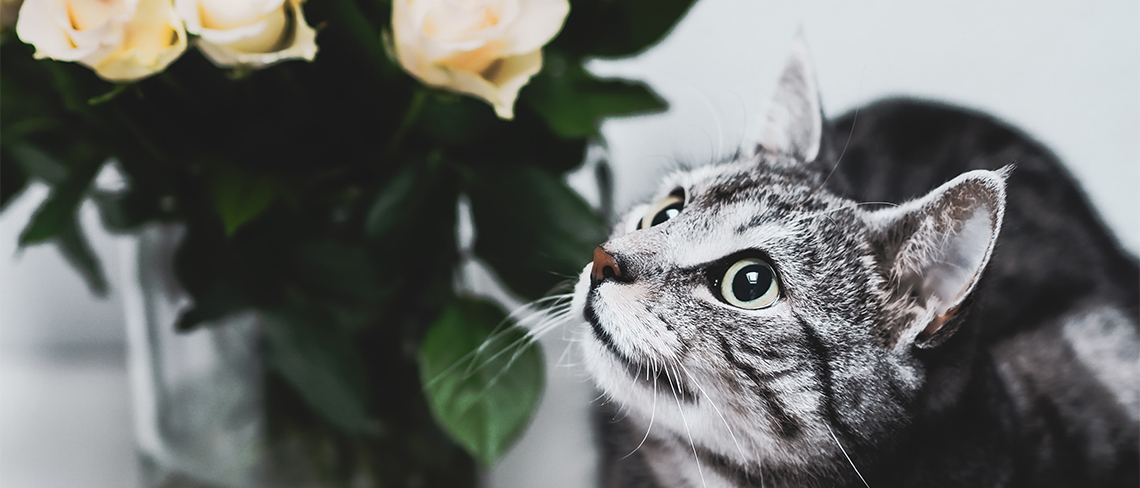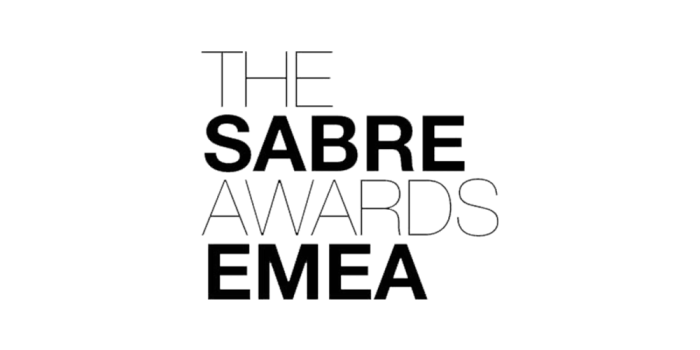
Ahead of National Pet Month this April, Larry Walshe, founder of luxury online flower delivery service Bloom, shares his guide to pet-safe flowers and houseplants and those to avoid.
Following a staggering rise in pet acquisition since the start of the pandemic, as many as 17 million UK households are now pet parents to 34 million pets (1).
It’s clear we’re a nation of pet lovers, and whilst many of us go out of our way to spoil them with the best quality food, new-fangled toys, the very best bedding, and even adapt our daily routines to better suit their needs, how many of us – especially among the more recent pet owners – are aware of how our love of fresh flowers or houseplants could pose a risk to our furry friends?
Ahead of National Pet Month (1 April – 3 May), Larry Walshe, celebrity London florist and founder of luxury online flower delivery service, Bloom, shares his guide to the popular flowers and houseplants pet parents should avoid in the home and also highlights pet-safe swaps.
“Our pets are part of our families,” says Larry, “and yet many people don’t realise their fondness of having beautiful fresh flowers and greenery around the home could pose a real risk to our pets. Many popular flowers and houseplants can be highly toxic if ingested so are best avoided in any pet home but rest assured that if your favourite stems aren’t good for the fur babies there are plenty of alternatives to ensure that both you and your pets can continue to enjoy the benefits of fresh flowers and plants at home.”
Read on for Larry’s guide to flowers and houseplants to avoid and pet-friendly alternatives.
• Switch Dahlias…
It’s not known exactly what makes these vivid flowers harmful to pets, however they have been known to cause nasty symptoms, including skin inflammation, loss of fur and an upset stomach, so it’s best not to display these in a pet home.
… for Sunflowers
The bright and sunny Sunflower is universally adored and a safe choice for any pet owner to display at home.
• Switch an Aloe Vera…
Lauded for its air purifying qualities and skin soothing properties, parts of the Aloe Vera plant are moderately toxic to both cats and dogs if ingested. Whilst it’s unlikely that your pet will decide to make this plant their next snack, it’s best to keep it out of their reach.
… for a Boston Fern
The Boston Fern is one of the best air purifying houseplants and can be displayed either as a hanging plant, on a shelf or on a table-top, with its leaves cascading to the floor. They are known for being slightly trickier to take care of, requiring a moist soil and regular misting, so are more suited to more experienced plant-parents, but are perfectly safe for pets.
• Switch Daffodils…
Synonymous with the spring sunshine, Daffodils are a wonderful seasonal addition to any home, however, they are harmful to pets if ingested – the bulb being the most toxic part of the flower. So if you have a pet, it’s best to admire Daffodils from afar or ensure they cannot be knocked over and chewed.
… for Snapdragons
Sculptural and feminine spring flowering Snapdragons, said to represent graciousness, add a wonderful burst of colour and texture to any space.
• Switch a Rubber Plant…
Also known as Jade, it’s not known what exactly makes this popular succulent harmful to pets so best not to keep in any pet home.
… for a Curly Spider Plant
A more modern version of the traditional Spider Plant, the pet-safe Curly Spider Plant is more compact in size with wonderfully curly leaves and dainty yellow flowers.
• Switch Irises and Gladioli…
Both of these belong to the Iridaceae family and can be harmful to pets if eaten. As with Daffodils and other seasonal spring flowers, the most toxic part is the bulb.
… for Lisianthus
Pet-safe Lisianthus are a delicate and versatile flower symbolising gratitude. The most common colour variations are white, blue, pink, lilac and purple however some have petals with multiple colours.
• Switch a Sago Palm…
It’s easy to see the Sago Palm’s appeal – Adding a touch of the tropical to any indoor space, it’s easy to see the Sago Palm’s appeal. However all parts of the plant are poisonous to pets, so best avoided.
… for Calatheas
Calatheas boast bold striped leaves and are wonderful pet-friendly plants. They are best suited to the bathroom where they can bask in the steamy, humid conditions.
• Switch Lilies…
Tall and dramatic, Lilies are widely known for symbolising devotion and purity. They’re also recognised as a symbol of good luck and are commonly gifted to celebrate new birth. As such, they are a popular flower to gift but even in small quantities, these blooms are highly toxic to cats, so are best avoided in any feline home. In contrast however, they aren’t toxic to dogs, so you can continue to enjoy lilies if you have an exclusively canine home.
… for Freesias
A great fragrant alternative to Lilies, freesias are the perfect way to create a sense of effortless elegance in your home and are pet-safe – so no need to worry if your curious pet decides to take a nose.
• Switch Ivy…
Ivy is a hugely popular houseplant thanks to its pretty, tumbling foliage. The good news is that only certain types of this plant are dangerous to pets. California Ivy, Branching Ivy, Glacier Ivy, Needlepoint Ivy, Sweetheart Ivy and English Ivy are all toxic and as such, are best avoided.
… for Swedish Ivy
Not all Ivy is created equal, so opt for a pet-safe Swedish Ivy, boasting softly serrated leaves and small bluish-purple flowers. Swedish Ivy is also easy to care for, enjoying bright indirect light and loamy soil (mostly composed of sand, silt and a smaller amount of clay).
• Switch Tulips…
Bright and beautiful, Tulips are a joy to have in the home, adding a colourful flourish to any space. The bulbs contain high amounts of toxins which are harmful to pets, however in the case of tulips, all parts of the plant are toxic in large quantities. So, if you have a pet that’s too curious for their own good, it’s best not to bring these flowers into the home.
… for Roses
Classically beautiful, roses are a wise choice for pet owners all year-round and add a touch of romance and warmth to any pet or human-only household.
For more information visit www.bybloom.co.uk.
-Ends-
Notes to editors:
(1) https://www.pfma.org.uk/news/pfma-releases-latest-pet-population-data
For further press information, please contact:
Julie Aguilera | Jo Kendall | Elsa Findlay | Charlotte Wright
Rooster PR
T: +44 (0)20 3440 8930
E: [email protected]
About Bloom
Launched in October 2020, Bloom is an online luxury flower delivery service created by celebrity London florist and designer, Larry Walshe.
Bloom is unlike any other online flower delivery service, offering a variety of options to suit all requirements, including hand tied Luxury Gift Bouquets (from £75), bunches of Market Flowers, which come direct from the grower (from £30), and flexible Best in Bloom flower subscription (£35 per box, per delivery).
Uniquely, Bloom is reinventing the way we buy flowers online by offering customers a revolutionary and hyper personalised Create Your Own Bouquet service. Starting from £44, customers can pick the stems, foliage, size, colour, sentiment, and overall look of their desired bouquet – just as they would in a florist – with Bloom then bringing the vision to life.
The Bloom website also features a Curated Home Collection of chic vases and trendy pots & plants, and there is a generous loyalty programme for customers to earn reward points towards future purchases.
Bloom is the first luxury online florist in the UK to be entirely sustainable and 100% plastic-free. The packaging is recyclable and/or compostable, all orders are shipped using DPD – the cleanest, greenest courier service currently available in the UK – and the brand also partners with the World Land Trust, planting trees to offset its carbon footprint.
Flowers arrive in Bloom’s stylish signature designed and fresh-water packaging and can be enjoyed at their very best instantly, with free deliveries for purchases of £100 or more.
For more information on Bloom, visit www.bybloom.co.uk.






